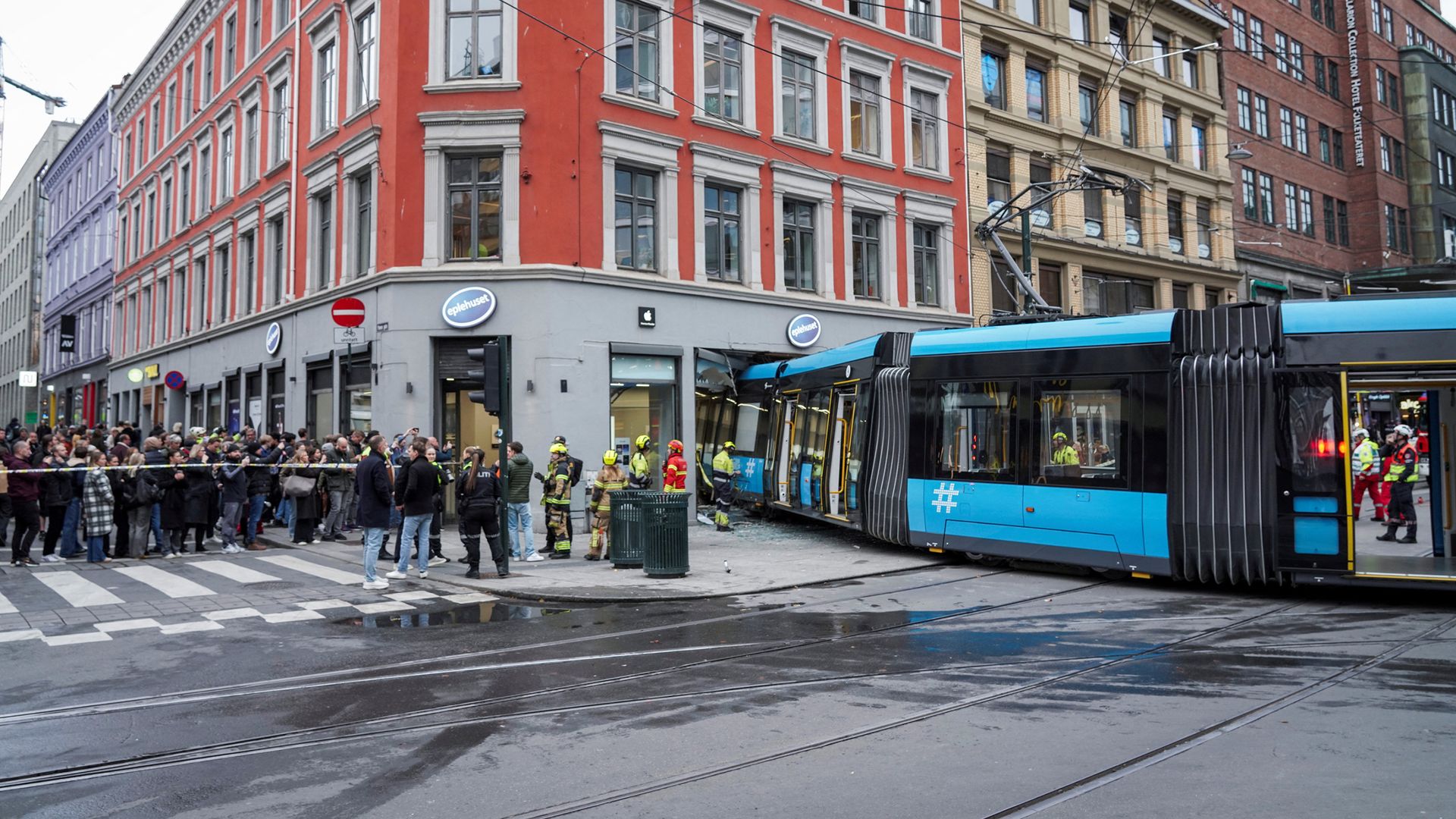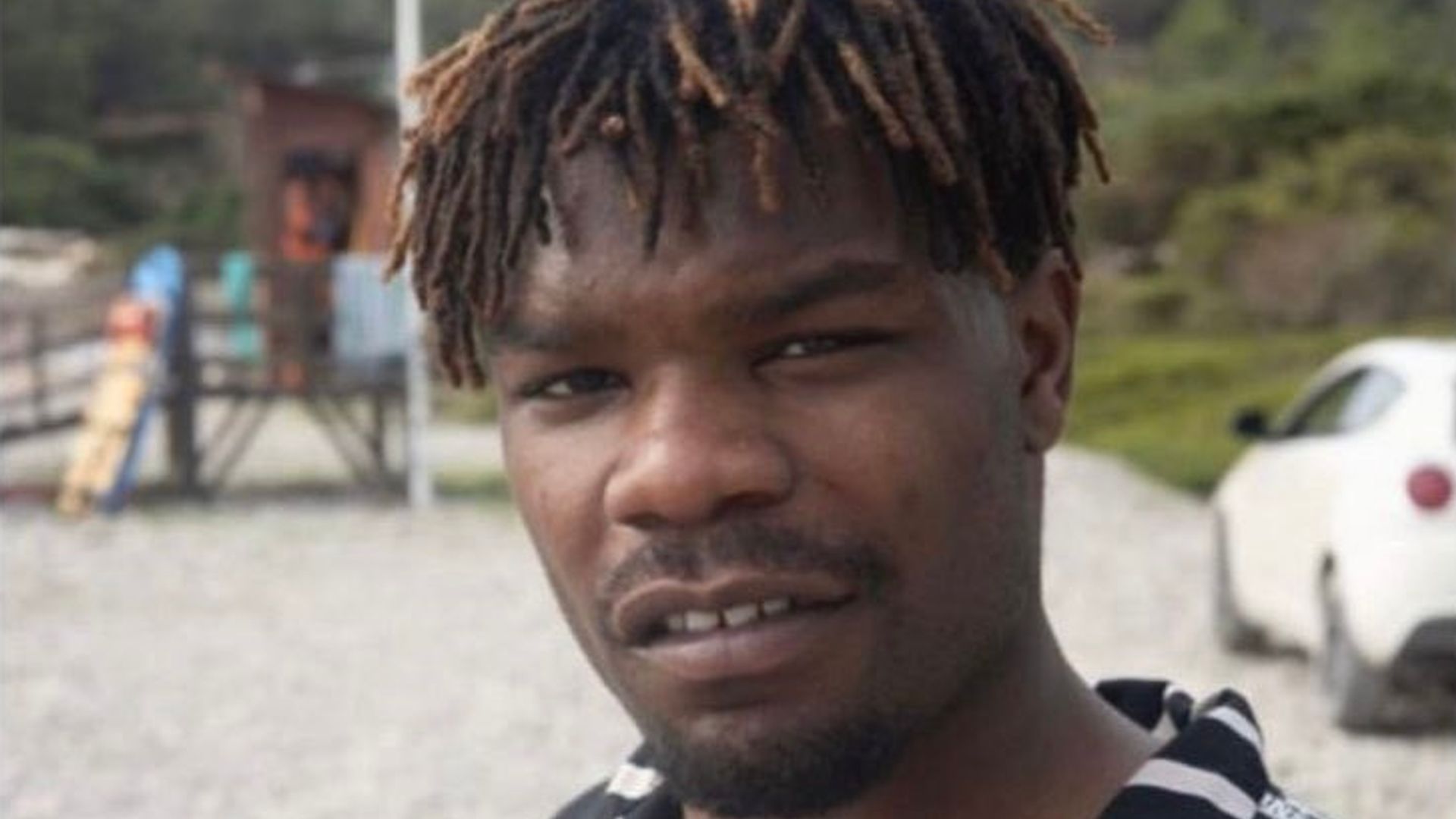
On the evening of June 4, 2021, Augusta police officer Sabastian Guptill stopped a car for a broken plate light because he suspected its passengers were selling drugs. When he asked the five men inside for their licenses, a Black man with a purple backpack opened the rear door and fled, allegedly dropping crack, cocaine and fentanyl in his wake.
Guptill stayed on the lookout in the area until the morning, suspecting the man might return for his drugs. Around 8 a.m., he was peering through binoculars in his cruiser when he spotted, about 100 yards or so away, a Black man cross the street and then get into a car. He had found his suspect, he thought.
Or did he? According to Donte Johnson, the man he ultimately arrested on felony drug trafficking charges, the officer got the wrong guy.
The disagreement was at the center of a three-hour hearing at the Capital Judicial Center in Augusta on Wednesday, in an unusual case of alleged mistaken identity that has invoked broader issues of race and policing.
The only evidence tying Johnson to the June 4 traffic stop is Guptill’s testimony that he recognized him. But Johnson’s lawyer, Tim Zerillo, has asked a judge to stop the case from moving forward, arguing there is no way that Guptill, who is white, could have recognized Johnson through a pair of binoculars as the same Black man he briefly saw in the back of a dark car the night before.
“While this doesn’t mean that all law enforcement officers will treat a black male with more suspicion than his white male counterpart, it would be foolish to ignore the obvious,” Zerillo wrote in a legal memo ahead of Wednesday’s hearing, citing recent high-profile cases of racial profiling on Maine roads as police have fought to stem the flow of illegal drugs into the state.
Research has also shown that people already struggle to identify members of different races, he wrote.
“Donte Johnson is a black male from New York. The officer identifying him is a white male. It is against the backdrop of frequent law enforcement bias that the stops and identification in this matter must be analyzed,” Zerillo argued. That backdrop has been the cause of wrongful convictions in the past, he wrote.
Superior Court Judge William Stokes will consider how much credence to lend the lawyer’s argument against what he heard Wednesday, which primarily centered on Guptill’s testimony of events.
Responding to questions from Assistant Kennebec County District Attorney Tyler LeClair, who is prosecuting the case, and Zerillo, the officer described how on the night of June 4, 2021, he watched a white Chevy SUV turn onto Boothby Street in Augusta, then leave less than a minute later. The pitstop on a street he associated with drug trafficking seemed suspicious, he testified.
Police can’t stop cars based purely on suspicion, so Guptill pulled the Chevy over for having a broken plate light. It was the first of several examples in the case that could be chocked up to dogged policing or unfair suspicion, depending on who’s being asked. Zerillo has also challenged the basis of both stops as unlawfully pretextual.
When Guptill approached the vehicle and asked the driver for his license, the officer illuminated the backseat with a flashlight and commented that its three passengers weren’t wearing seat belts.
That’s when one of them exited the car and fled. Guptill testified that he looked at the backseat passengers for 10 or 15 seconds, a length of time that Zerillo later suggested was even more fleeting based on a video of the stop that was played in court and captured by Guptill’s cruiser camera.
The officer said he noticed the man who fled wore a black hoodie with the drawstrings cinched tightly, obscuring most of his face and allowing only a few deadlocks or braids to peek out over his forehead. He wore a purple backpack, he said.
Guptill chased the man through a thick, overgrown area off the side of the road, eventually stopping when he noticed he no longer had his radio, he said. He didn’t see the man toss anything, but police dogs later tracked down cocaine, fentanyl and crack around that area, he said.
Around 8:45 a.m., Guptill was posted up with binoculars at a convenience store that sits opposite the entrance to Boothby Street. He saw a Black man emerge from the area where the foot chase took place, cross the road and disappear into a parking lot between apartment buildings, he said.
The man wasn’t wearing a hoodie, but he had dreadlocked hair and looked like the Black man from the night before, he said. Zerillo drilled down on how Guptill could have recognized him as the same man when, by his own testimony, the man in the backseat had a partially obscured face.
Still looking through his binoculars, Guptill watched a different car from the night before, a Volkswagen, pull onto the street, and saw a man — whom he believed to be the same person who just crossed the street — in the passenger seat with black skin and dark curly hair, he said.
He tailed the car and eventually stopped it for going 33 in a 25 mph zone. He had already called in back up and, along with two other officers, arrested the passenger, later identified as Johnson, at gunpoint. Then he noticed a backpack and hoodie in the car, details that made him more certain that he’d found the right person, he said.
Stokes said he will try to make a determination on the case before he retires at the end of February. The prosecution is expected to submit a written memo supporting its case beforehand.












